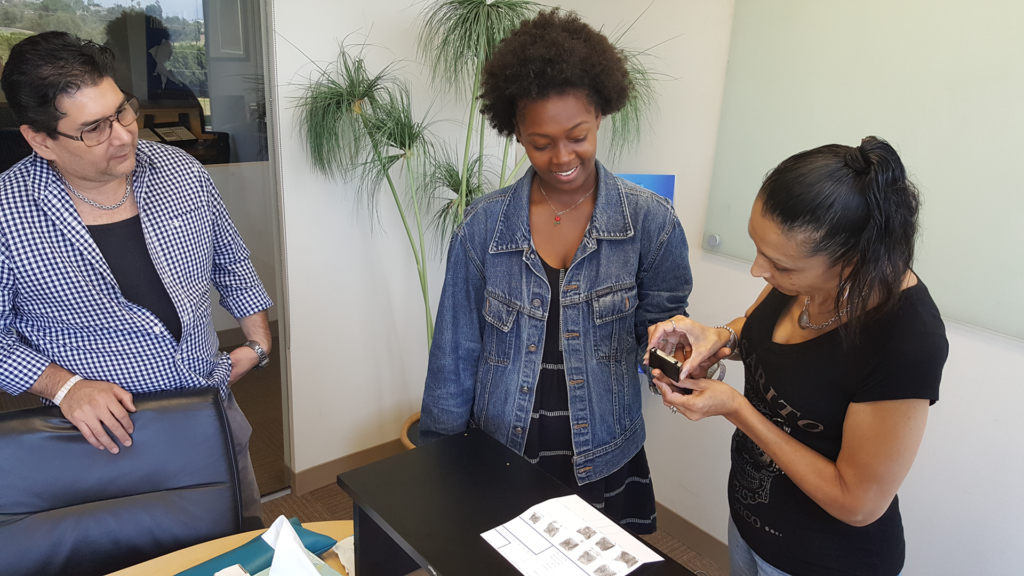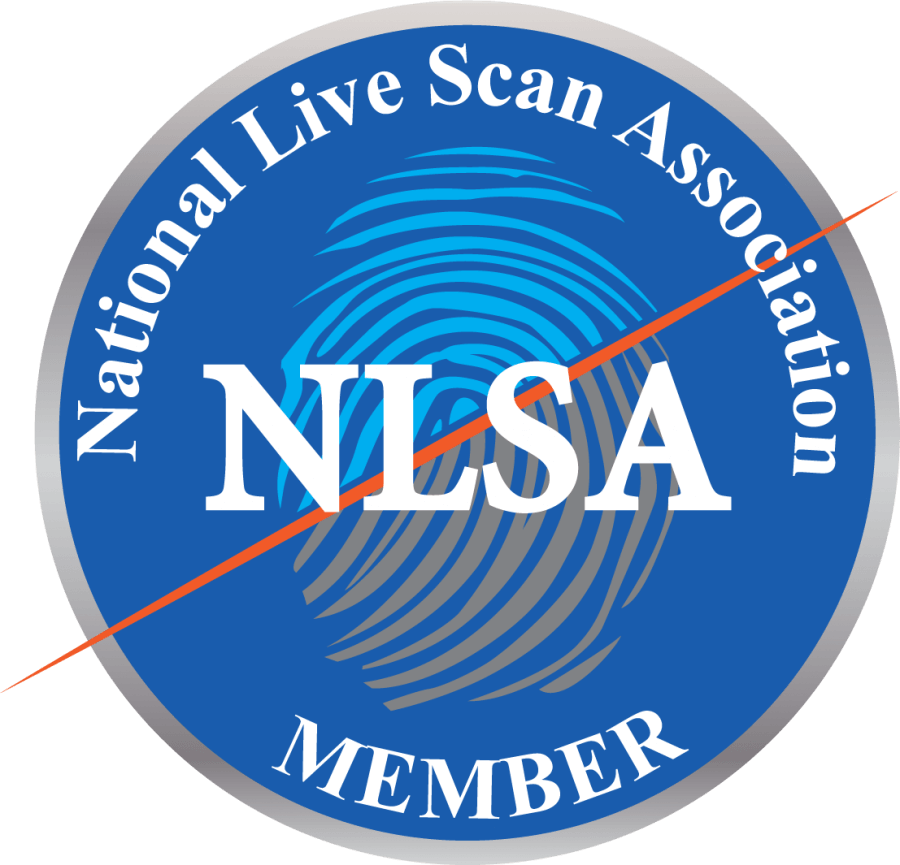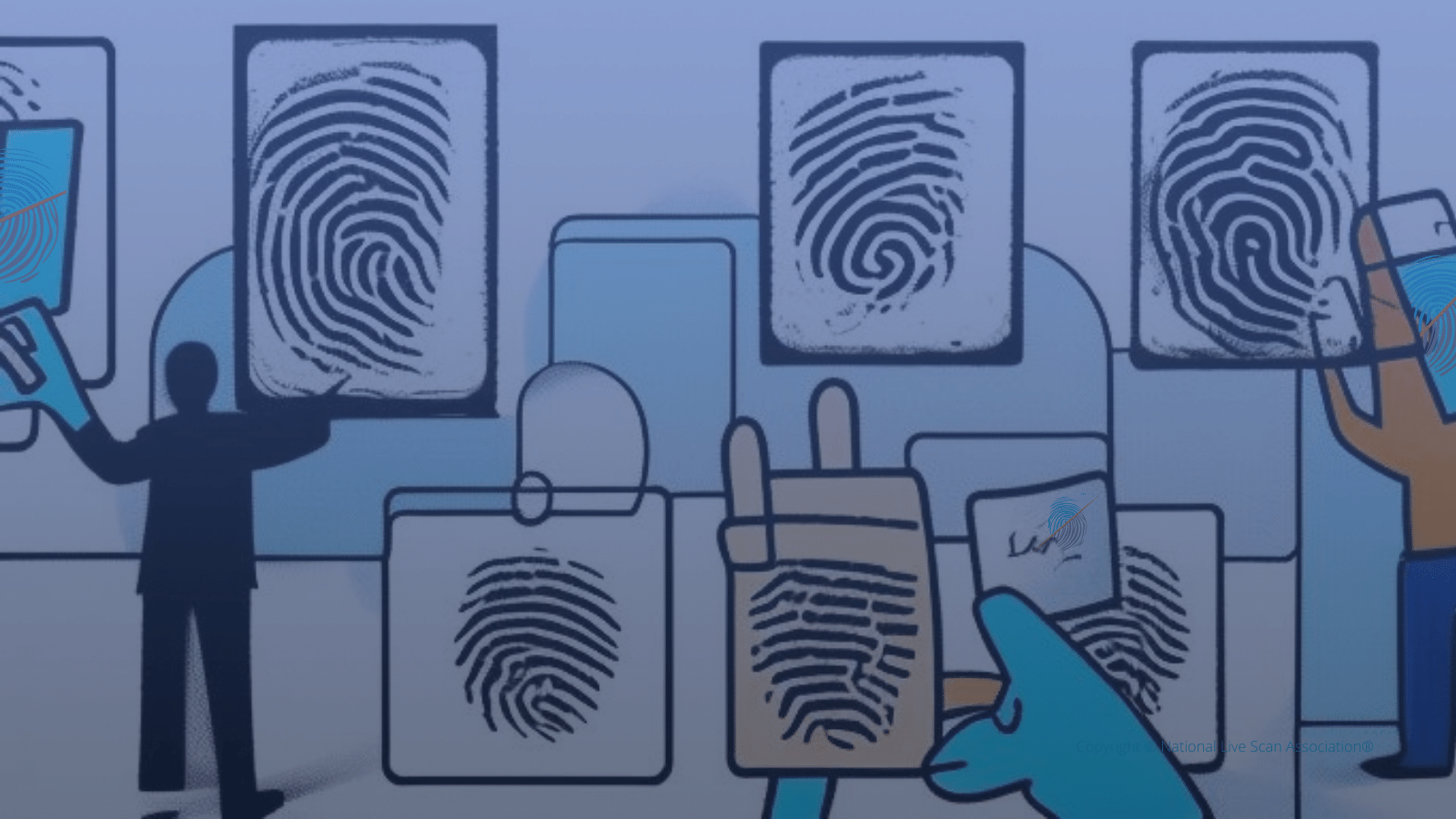Introduction
Live Scan fingerprinting has become essential in various fields, from licensing to background checks. But what exactly is Live Scan, and how does it work? Basically, Live Scan fingerprinting means “capturing a person’s fingerprints on an electric device.”
And in this article, we will explore the intricacies of Live Scan fingerprinting from both the perspective of the applicant and the technician. Join us as we unravel this digital fingerprinting system’s complexities and empower applicants and technicians with invaluable insights.
Understanding Live Scan Fingerprinting
Live Scan fingerprinting can be defined as the digital capture of a person’s fingerprints using an electronic device. Its primary purpose is to provide accurate and efficient fingerprint-based background checks. When applicants visit a Live Scan technician, their fingerprints are captured using a specialized Live Scan device. The technician plays a vital role in the process as they ensure proper fingerprint capture.
The Applicant’s Perspective
As an applicant, it is crucial to consider certain factors before undergoing a Live Scan fingerprinting process. When given instructions to obtain a background check, it is essential to inquire whether the requested Live Scan is for the state where you currently reside or for a different US state. This distinction is crucial as each state might have specific requirements regarding fingerprints.
For instance, if you reside in California and need a background check for Georgia, clarifying with the requesting agency regarding alternate options is recommended. In some cases, you may be allowed to capture your fingerprints on an ink card in California and then send the card to the requesting agency in Georgia for processing. Alternatively, you can find a nearby Live Scan provider that can capture your fingerprints and print them on an ink card for submission to the requesting agency in Georgia.
The Technician’s Perspective
Technicians facilitating Live Scan fingerprinting services should know the importance of probing questions and clear communication. Technicians must always ask the applicant which state the Live Scan is required for, as assuming the applicant’s location may lead to issues later. This proactive approach ensures the correct procedures and necessary software are used during fingerprint capture.
While Live Scan devices are mainly used for the electronic transmission of fingerprint data to the state of residence, it is essential to acknowledge that not all states utilize the same terminology. In certain instances, US states like Arizona may refer to ink card prints as Live Scan. Technicians must stay updated on the different protocols each US state follows to deliver accurate and efficient services to the applicants.
Biometric Letters and Immigration Centers
Applicants may occasionally receive a biometric letter instructing them to undergo fingerprinting. Such letters generally pertain to immigration-related purposes. Immigration centers usually issue these letters, which outline the process and include instructions for fingerprinting. While Live Scan fingerprinting may be one way to fulfill this requirement, ink card printing can also be an option. Technicians must clarify the applicants’ instructions and provide the appropriate fingerprinting service.
Conclusion
Live Scan fingerprinting has revolutionized obtaining background checks and fulfilling various licensing requirements. Understanding the nuances of Live Scan is essential for both applicants and technicians alike. Applicants should always clarify with the requesting agencies regarding state-specific requirements and explore alternative options if necessary. Technicians, conversely, must be proactive in asking probing questions to ensure accurate and efficient service delivery to the applicants.
By understanding the ins and outs of Live Scan fingerprinting, applicants and technicians can navigate the process smoothly, ultimately leading to successful outcomes. So, whether you are an applicant seeking a background check or a technician providing Live Scan services, knowledge, and communication are critical to a seamless experience.
And if you are interested in starting your own fingerprinting business. Including joining a reputable organization in the industry. Look no further than the National Live Scan Association® (NLSA)! Join the NLSA and gain access to our comprehensive programs and resources that will guide you toward success.
To learn more about how you can start your own fingerprinting business and become an NLSA member, visit our website at NationalLiveScan.org. Remember to subscribe to our magazine at LiveScanMagazine.com to stay updated on the latest industry news and trends.
Contact us today at (888) 498-4234 and let our expert team assist you on your journey to success in Live Scan fingerprinting. Start making a difference in your community now!
FAQ
Q1: What is live scan fingerprinting? A: Live Scan fingerprinting is the process of electronically capturing a person’s fingerprints using a specialized device.
Q2: What happens once the fingerprints are captured on the Live Scan device? A: After the fingerprints are captured, there are a few possibilities. Depending on the specific requirements, the technician may print them on an ink card, archive them for future use, or transmit them to the US state they reside in.
Q3: How can applicants ensure they get the correct type of live scan for their background check? A: The applicant needs to ask probing questions to the agency requesting the background check. They should clarify the specific US state’s requirements and whether they need ink or Live Scan fingerprints.
Q4: Can an applicant get a live scan done in a different state than the one they currently reside in? A: In some cases, an applicant may be able to get a Live Scan done in a different US state. They should consult with the requesting agency to see if there are any alternatives or if ink fingerprinting on an ink card would be accepted.
Q5: What should technicians do when an applicant requests a live scan? A: Technicians should ask the applicants about the specific US state’s requirements for the Live Scan. They should refrain from assuming and having probing questions to ensure they provide the correct service.
Q6: Can live scan be done on ink cards instead of electronically? A: In certain states, like Arizona, Live Scans can refer to electronic fingerprinting and printing fingerprints on ink cards. It depends on the specific state’s regulations and the options available.
Q7: What is a biometric letter, and how does it relate to fingerprinting? A: A biometric letter is often provided by immigration centers. It instructs applicants to schedule an appointment at a designated location for fingerprinting. Depending on the instructions provided, the process may involve Live Scan or ink fingerprinting.






